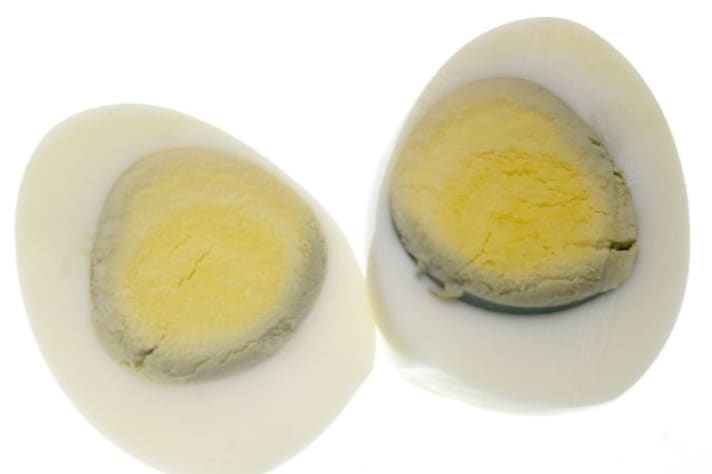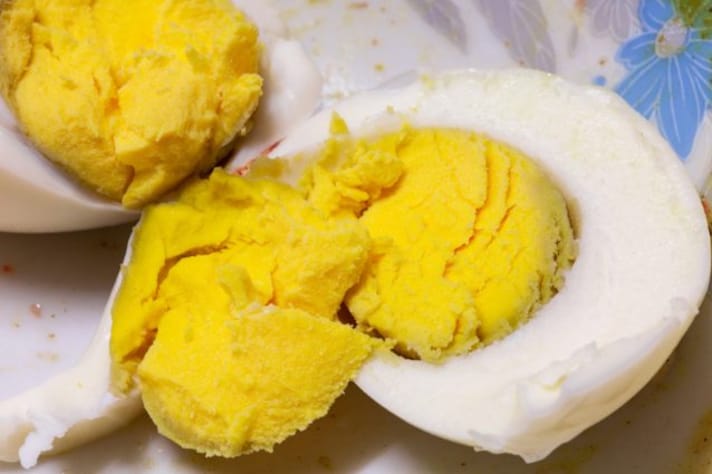Uhm… Why Do My Hard-Boiled Eggs Have a Greenish Yolk? Are They Still Safe to Eat?
One of the most common frustrations when boiling eggs is cutting into one only to find the yolk has turned a dull, greenish color. And it’s not just hard-boiled eggs—your scrambled eggs can turn green too! Keep reading to learn what causes this discoloration, how to prevent it, and whether or not these eggs are still safe to eat.

If you've ever boiled eggs and noticed a greenish tint around the yolk, you might’ve wondered if the egg is still safe to eat. The good news is, despite their appearance, those green yolks are completely safe. But what causes this odd color, and how can you avoid it? Let’s break it down.
Why Do Hard-Boiled Egg Yolks Turn Green?
Green yolks in hard-boiled eggs happen due to a chemical reaction between the egg yolk and the egg white. The cause? Overcooking. When eggs are boiled for too long, the sulfur and iron in the egg react on the surface of the yolk, creating that unwanted greenish hue. In some cases, high iron levels in your cooking water can also contribute to this discoloration.
Elisa Maloberti, Director of Product Marketing at the American Egg Board, explains, “The discoloration occurs when iron from the yolk reacts with hydrogen sulfide from the egg white, forming ferrous sulfide.” While this reaction might look unappetizing, it doesn’t make the eggs any less safe to eat.

How to Avoid Green Yolk in Hard-Boiled Eggs
If you’re a stickler for perfect, green-free yolks, there's an easy fix—don’t overcook your eggs. Follow the American Egg Board’s method for perfectly boiled eggs every time:
- Choose a pan: Pick a saucepan that fits your eggs in a single layer.
- Add water: Fill the pan with cold water, making sure the eggs are covered by about 1 inch.
- Bring to a boil: Heat the water over high heat until it begins to boil, then turn off the heat.
- Let the eggs cook: Cover the pan and let the eggs sit. If you're using medium eggs, wait about 9 minutes; large eggs need around 12 minutes.
- Cool the eggs: If you want to serve them warm, just peel them after draining. For cold eggs, run cold water over them until they’re completely cool to stop the cooking process.
Follow these steps, and you'll have perfectly boiled eggs with no greenish discoloration.

What About Scrambled Eggs Turning Green?
Surprisingly, scrambled eggs can also turn green, though this is less common. Similar to hard-boiled eggs, the green color appears due to a chemical reaction between sulfur in the egg whites and iron. But in this case, the iron is usually from the pan itself, especially if you’re using a cast-iron skillet.
How to Prevent Green Scrambled Eggs:
To avoid green eggs while scrambling, simply switch to a stainless steel or non-stick pan. Another trick is to add a splash of lemon juice (about 1/8 teaspoon for every dozen eggs). The acidity helps prevent the reaction and keeps your scrambled eggs looking—and tasting—great.
;Resize,width=767;)
;Resize,width=712;)

;Resize,width=712;)
